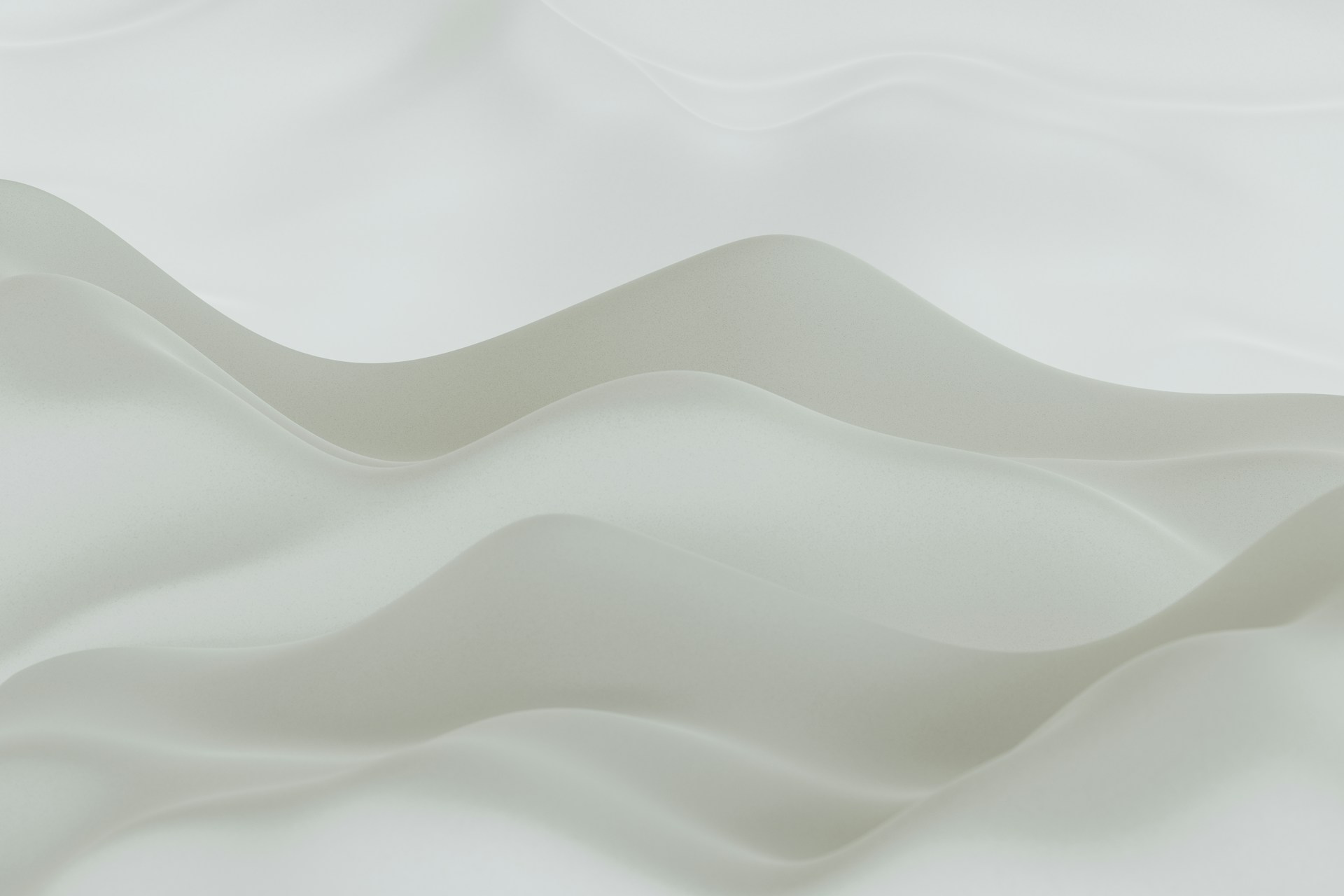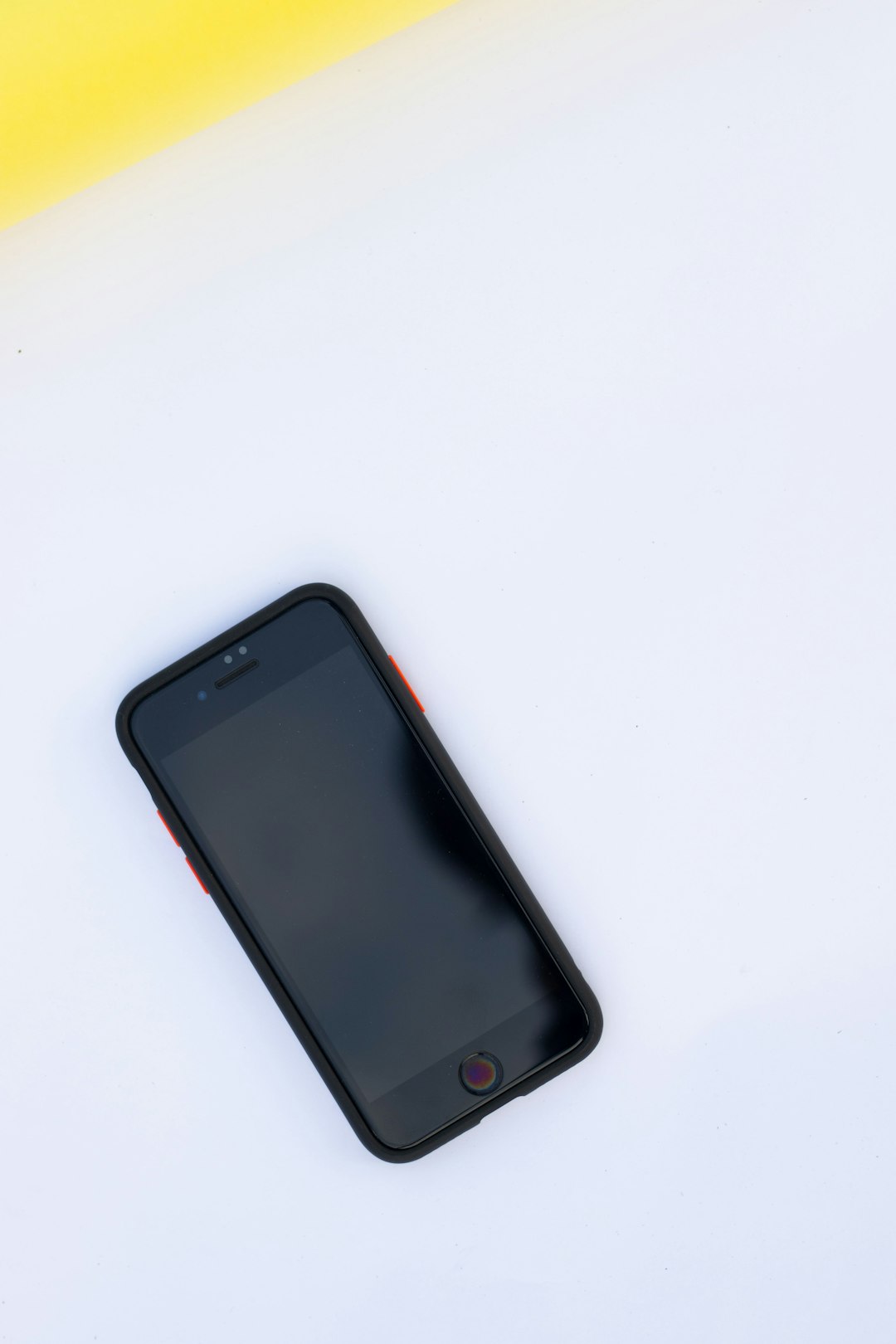The Art of Product Photography: Showcasing Designs in the Best Light
In the world of e-commerce, first impressions are crucial. With thousands of products available at the click of a button, consumers are faced with endless options. So, how do you make your product stand out from the crowd? The answer lies in the art of product photography.
Product photography is not just about capturing an image of your product; it is about telling a story. It is about evoking emotions and creating a connection with potential customers. By showcasing your designs in the best light, you can captivate your audience and increase the chances of converting them into paying customers.
Here are some key tips and techniques to help you master the art of product photography:
1. Plan and Prepare: Before diving into the photography process, take some time to plan and prepare. Define your objectives and understand your target audience. Research current trends and competitors to gain inspiration. Create a shot list and gather all necessary props and equipment.
2. Lighting: Lighting is the backbone of any successful product photograph. Good lighting can make a product shine, while poor lighting can make it appear dull and uninteresting. Experiment with natural light, diffused light, or artificial light to achieve the desired effect. Use reflectors and diffusers to control shadows and highlights.
3. Composition: Composition plays a vital role in creating visually appealing product photographs. Consider the rule of thirds, leading lines, and negative space to create balanced and aesthetically pleasing images. Experiment with different angles and perspectives to add depth and dimension to your shots.
4. Props and Styling: Props and styling are essential elements in product photography. They help create a context and enhance the overall visual appeal of your product. Choose props that align with your brand image and desired narrative. Experiment with background textures, colors, and materials to create an atmosphere that resonates with your target audience.
5. Product Placement: The placement of your product within the frame is crucial. Highlight its unique features and showcase its functionality. Employ the power of storytelling by creating a narrative around your product. Make sure your product is the main focus while still allowing for breathing space around it.
6. High-Quality Equipment: Invest in high-quality equipment to achieve professional-looking results. A good camera, tripod, lenses, and other accessories can make a significant difference in the final outcome of your product photographs. Take the time to learn how to use your equipment effectively to maximize its potential.
7. Editing and Retouching: Post-processing is an essential step in product photography. Use editing software such as Adobe Photoshop or Lightroom to enhance the color, contrast, and overall appearance of your images. However, be cautious not to over-edit, as it can make your product look artificial and unrealistic.
8. Consistency: Consistency is key when it comes to presenting your products. Establish a cohesive visual style and stick to it across all your product photographs. This will help create a unified brand identity and make your products instantly recognizable.
9. A/B Testing: Don’t be afraid to experiment and test different variations of your product photographs. Conduct A/B testing to determine what resonates best with your target audience. Use analytics tools to track the performance of different images and make data-driven decisions.
10. Showcase the Details: Lastly, remember to capture close-up shots that showcase the intricate details of your product. Customers want to see every aspect of what they are considering purchasing. Highlight the texture, finishes, and quality of your product to instill trust and confidence in your customers.
In conclusion, the art of product photography goes beyond capturing a simple image; it is about creating a connection between your product and your target audience. By planning, experimenting with lighting and composition, using props and styling effectively, investing in quality equipment, editing with care, maintaining consistency, testing, and highlighting details, you can elevate your product photography to new heights. So, show off your designs in the best light and watch your online sales soar.















